How to create a safe working environment
Health and safety should be a priority for any business, not just because of legal obligations but for moral reasons too. Your people are your most important asset, so you should want to keep them safe, minimising the risk of accidents, injuries or infection.
But how do you ensure a safe working environment, especially in the manufacturing industry where there are additional risks?
Understanding where you are at risk
The first step in creating a safe working environment is understanding where the risks are so you can minimise them. Here are just some of the key areas you should consider.
Lighting
Poor or inadequate lighting is one of the most overlooked risks to staff wellbeing. A poorly lit area increases the chances of slips, trips or falls. It's also dangerous for any employee to operate machinery or equipment where lighting is an issue.
And the risk of accident and injury isn't the only health risk. Poor lighting can result in eye strain, headaches and migraines, impacting productivity and increasing sickness levels.
In factory environments, natural light is often limited, so it's worth investing in LED lighting, which closely emulates natural light and can improve productivity.
Most LED solutions are also free from glass, mercury and lead, which all present risks in manufacturing environments, particularly in food and drinks production.
Ventilation and extraction
Another workplace hazard for manufacturers is exposure to gas, vapour, dust, fume and mist.
A lot of dust is filtered out in the nasal passage, but fine particles can make it into the lungs. Regular exposure over a long period can lead to serious health issues. Dust masks should be worn, particularly in hazardous areas, but ventilation and extraction systems should also be in place.
Local Exhaust Ventilation (LEV) systems remove dust and particles from the air, keeping the working environment safer.
You can download HSG258 – A guide to local exhaust ventilation from the HSE website. It explains how LEV can help you control exposure and describes the principles of design, installation, commissioning, testing and examination of ventilation controls.
Noise
Production areas where machinery is constantly running can get loud and long-term exposure to high noise levels can lead to irreparable damage to hearing.
The Noise Regulations 2005 require employers to prevent or reduce risks to health and safety from exposure to noise at work. The regulations require employers to:
• Assess risk to employees
• Reduce noise exposure that produces those risks
• Provide hearing protection if noise exposure cannot be reduced
• Ensure legal limits on noise exposure are not exceeded
• Provide employees with information, instruction and training
• Carry out health surveillance where there is a risk to health
Machine safety
Machines with saws, blades or moving parts pose a risk. Clothing, hair or body parts can get caught or trapped in machinery, leading to serious injury and even death.
Manufacturers should reduce risk by implementing safety measures such as machine guards, automatic shutoffs and protective clothing. Anyone operating machinery should be properly trained.
Regular maintenance, inspection and cleaning of machinery will also help keep machines safe. Check for loose, blunt or worn down parts, ensure correct lubrication and keep any ducts or filters free from obstruction.

Electrical safety
One of the most common causes of workplace accidents is electricity. From electric shocks caused by live wires to machine failures without warning, electrical hazards can lead to severe injuries or, worse, fatalities.
There are several electrical regulations to be aware of, including the Electricity at Work Regulations 1989, Electrical Equipment (Safety) Regulations 2016, Supply of Machinery (Safety) Regulations 2008 and The Provision and Use of Work Equipment Regulations 1998 (PUWER). You'll also need to consider any additional safety regulations for electrical installations and equipment in hazardous areas.
The easiest way to minimise risk from electrical hazards is to engage an electrical contractor (such as AES) to carry out any new installations and deliver a planned preventative maintenance programme.
Hazardous areas
In 2002, the government introduced a set of legal requirements for working with hazards in specific environments known as the DSEAR (Dangerous Substances and Explosive Atmospheres Regulations). These regulations require employers to eliminate or control risks from dangerous substances.
DSEAR defines hazardous areas as "any place in which an explosive atmosphere may occur in quantities such as to require special precautions to protect the safety of workers".
Many workplaces contain explosive atmospheres or have activities that produce explosive or potentially explosive atmospheres. These include activities that create or release flammable gases or vapours or those that create dust.
Classification of zones is required to ensure you operate within the guidelines and take the necessary precautions within each area. Correct classification will identify areas with a high chance of an explosive atmosphere occurring and those where it may only occur occasionally or in abnormal circumstances.
Mitigating risk
Knowing where the risks are in your factory is only the first step in creating a safer working environment. The next and most crucial step is mitigating those risks.
You can do this by:
Understanding your obligations
Understanding your legal obligations helps you stay compliant and will act as a checklist so you don't overlook anything crucial.
Carrying out regular risk assessments
Risk assessments help you identify potential hazards and determine the level of risk and likelihood of the risk. These should be carried out regularly to ensure the level of risk doesn't increase.
Ensuring staff are properly trained
Health and safety training is paramount to keeping employees and visitors safe. Ensure all new staff receive thorough training and provide refresher training regularly for all employees, no matter how competent or experienced.
Implementing proper cleaning and maintenance programmes
Cleaning and maintenance are vital to workplace safety, reducing the risk of accidents and incidents. Keep all areas of your factory clean and maintained, from the building itself, right through to the fixtures, fittings, machinery and equipment.
Working with accredited contractors
For complete peace of mind you are doing everything possible to keep your teams safe, work with accredited contractors.
At AES, we specialise in providing electrical contracting services for manufacturers. Not only can we install, inspect and maintain all your electrical installations, including lighting, extraction, wiring and machinery, but we are also CompEx accredited.
This means we have received specialist training to work in hazardous and explosive atmospheres. We can also help you with zone classification in line with DSEAR.
Contact AES if you're concerned about any area of your factory safety or would simply like planned preventative maintenance from a contractor you can trust.
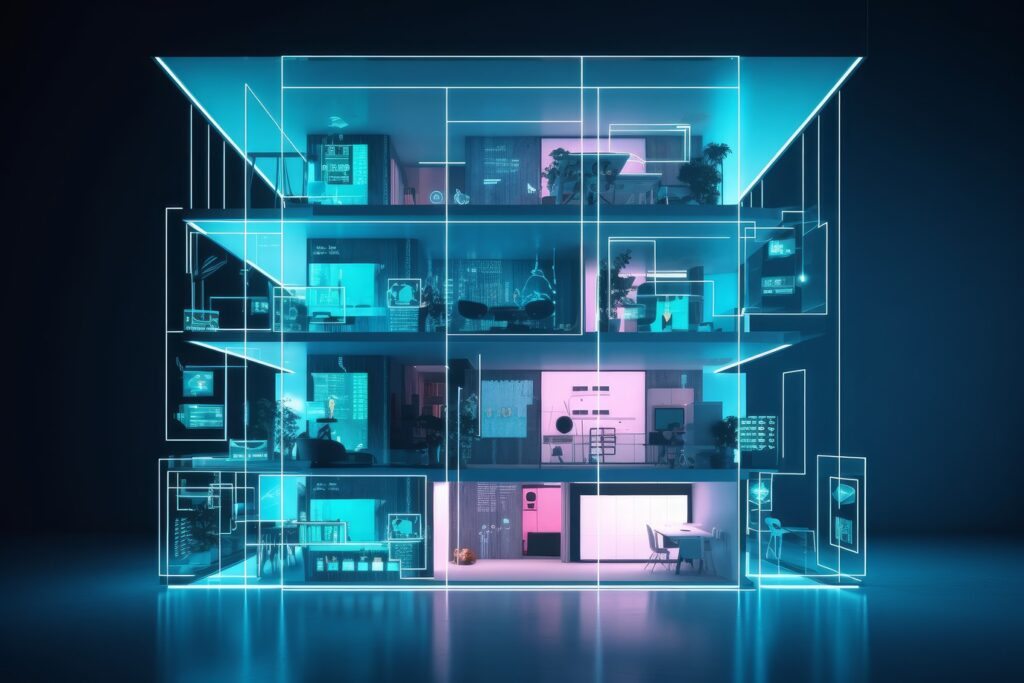
Our guide to building energy management systems
Building energy management systems (BEMS) are systems that allow you to monitor, control, and optimise the energy used within your building. The phrase building energy management system (BEMS) is often used interchangeably with the phrase building management system (BMS), but there are some differences. A BEMS is focused on energy-related systems such as lighting, heating, […]
Read more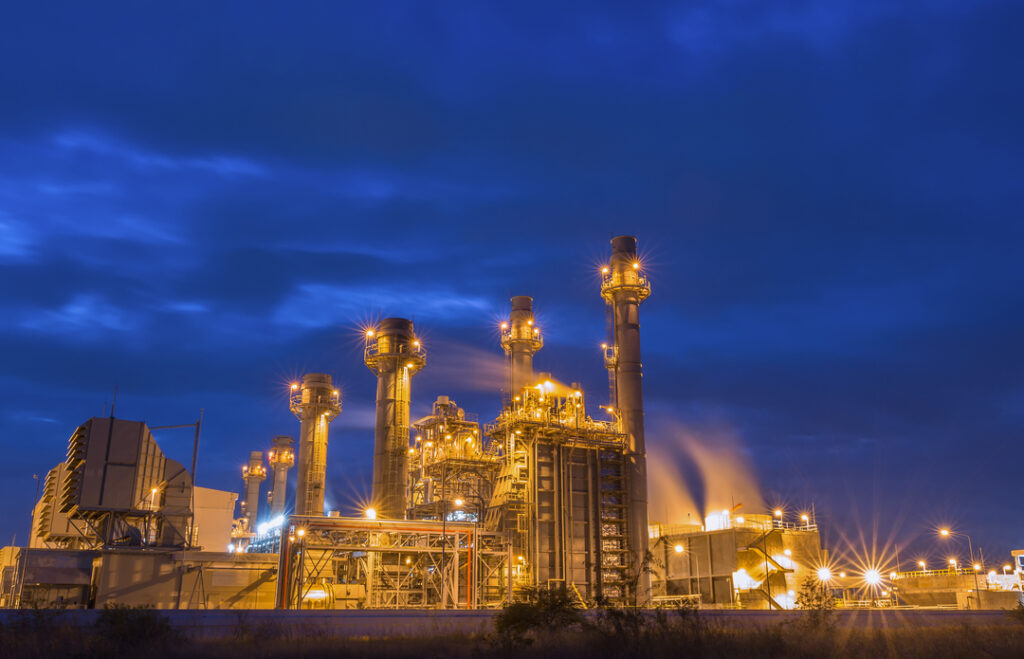
How far does power travel and what impact does distance have on performance
It’s easy to take our electricity supply for granted. We flick a switch and instantly have light or power. We don’t even think about it unless there’s an issue or an outage. But when there is an issue or outage, the impact can be significant. For manufacturers, even the smallest change in power can make […]
Read more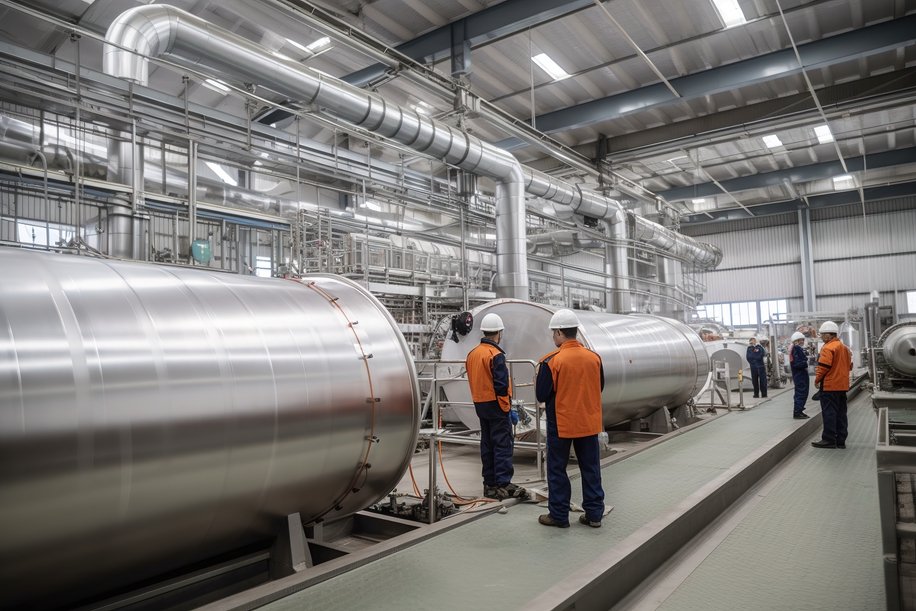
Why visibility of the production process is so important
Operational excellence, efficiency and quality are top priorities for almost every manufacturer worldwide. These things lead to improved productivity, happier customers and reduced waste – all of which result in increased profits. Visibility of the production process is the key to achieving these things. And manufacturers now have access to technology that can provide real-time […]
Read more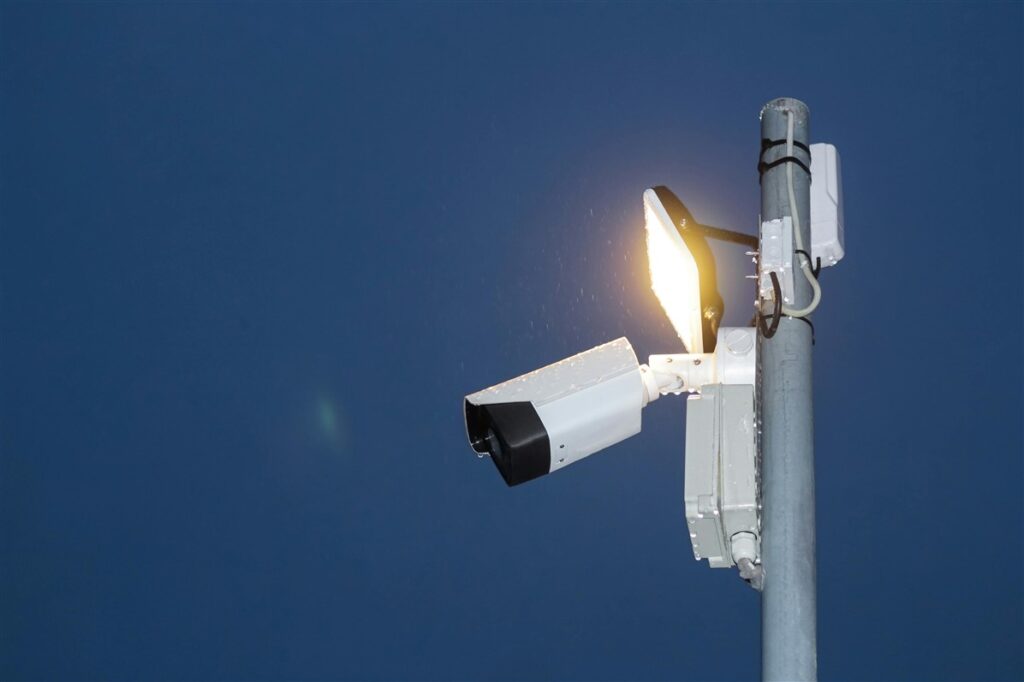
Will security lighting help to protect my staff?
Looking after the safety and well-being of employees should be a priority for any business. And while it’s not possible to mitigate every risk, there are measures you can take to improve their safety and security. One measure that is often overlooked is the installation of security lighting. When daylight disappears, visibility is reduced, increasing […]
Read more
Top 5 considerations when comparing electrical quotes
Budget is always a factor when you’re considering any type of upgrade, revamp, or maintenance work within your factory. But when it comes to electrical work, you have to consider more than just money. Don’t rush into accepting the cheapest electrical quotes without knowing exactly what you’re getting. Electrical work is not an area where […]
Read more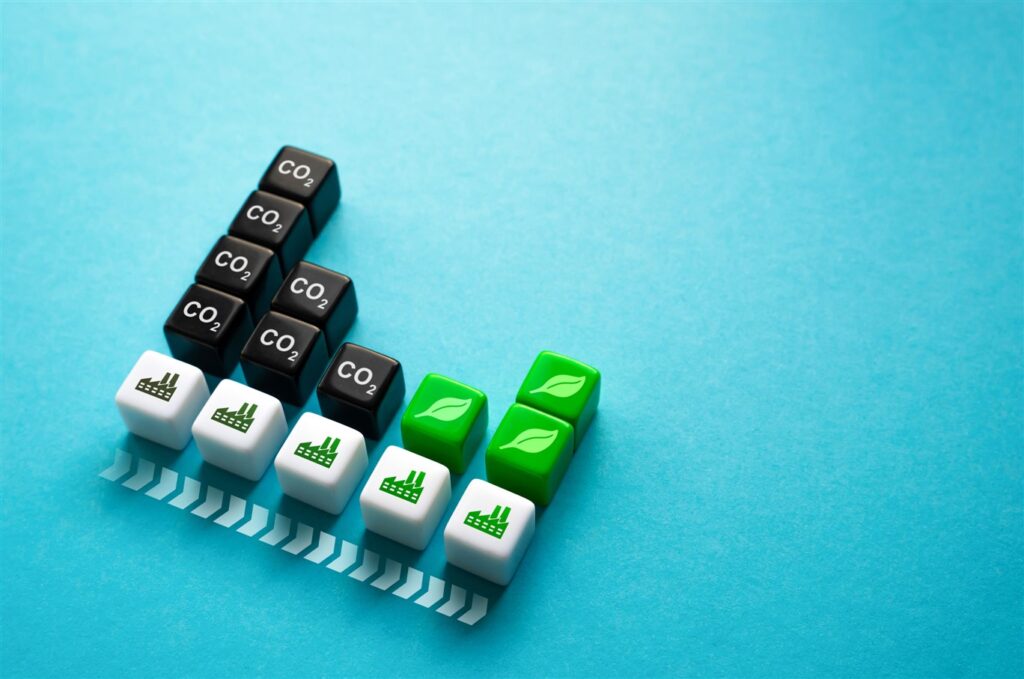
What is the role of companies in reducing our carbon footprint?
We should all be taking responsibility for protecting our planet and a big part of that is reducing our carbon footprint. But while it falls to all of us to do our bit, there is additional pressure on manufacturers, especially those with high carbon emissions. As an absolute minimum, these companies should ensure compliance with […]
Read more

